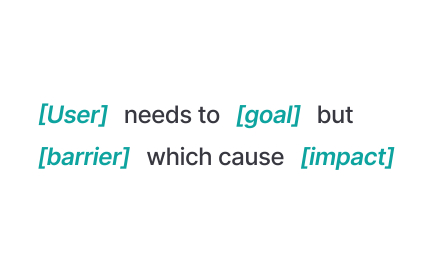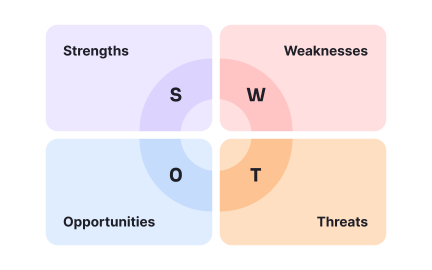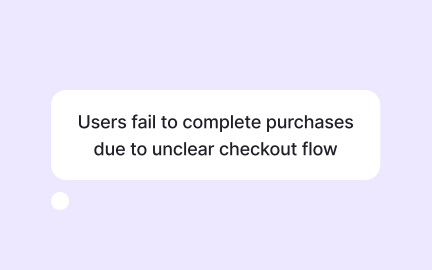5 Ws and H
The “5 Ws and H” method asks who, what, where, when, why, and how to define a problem clearly and structure effective product research.
What is 5 Ws and H?
The 5 Ws and H is a fundamental questioning framework that uses six interrogative words (Who, What, Where, When, Why, and How) to gather comprehensive information, analyze problems, and make informed decisions. Think of it like a detective's toolkit that ensures you never miss critical details when investigating any situation, from customer complaints to strategic planning. This framework, also known as the Kipling Method or Six Serving Men, originated in journalism but has become essential for business analysis, project management, and problem-solving across every industry.
The beauty of 5 Ws and H lies in its simplicity and universal application. Whether you're conducting root cause analysis, planning a project, writing requirements, or investigating incidents, these six questions force you to examine every angle of a situation systematically.
5 Ws and H in Business Analysis
The 5 Ws and H transforms vague business problems into actionable insights. In requirements gathering, it ensures you capture not just what stakeholders want, but why they need it and how they'll use it.
Strategic Planning Applications
Every strategic initiative benefits from systematic questioning. Who are your target customers? What specific problems do you solve? Where will you compete? When will you enter new markets? Why is this timing optimal? How will you differentiate? Companies like Amazon use this framework for every new service launch, ensuring alignment across thousands of employees.
Problem-Solving and Root Cause Analysis
When production issues arise, the 5 Ws and H prevents knee-jerk reactions. Manufacturing teams at Boeing reduced defect rates by 28% after implementing structured problem investigation. They discovered that asking "Why" five times often revealed systemic issues hiding behind surface symptoms.
Project Management Integration
Project managers use 5 Ws and H during initiation to prevent scope creep. Who has decision authority? What defines success? Where are the project boundaries? When are critical milestones? Why does this project matter? How will we measure progress? This clarity reduces project overruns by an average of 31%.
Customer Experience Optimization
Support teams using 5 Ws and H resolve issues 25% faster. Instead of treating symptoms, they uncover root causes. Zappos trains every representative in this method, contributing to their industry-leading customer satisfaction scores.
Core Components of Effective 5 Ws and H Analysis
WHO - Stakeholder Identification
• Primary actors directly involved in the situation
• Secondary participants affected by outcomes
• Decision makers with authority to act
• Influencers who shape opinions and directions
WHAT - Situation Definition
• Specific problems or opportunities being addressed
• Desired outcomes and success criteria
• Current state versus future state gaps
• Resources and constraints affecting the situation
WHERE - Location and Context
• Physical locations involved in the issue
• Organizational areas impacted
• Market segments or geographic regions
• System boundaries and interfaces
WHEN - Temporal Factors
• Timeline of events leading to current state
• Critical deadlines and milestones
• Seasonal or cyclical influences
• Duration and frequency of occurrences
WHY - Root Causes and Motivations
• Underlying reasons for the current situation
• Business drivers and strategic imperatives
• Stakeholder motivations and concerns
• Cause-and-effect relationships
HOW - Methods and Processes
• Current approaches being used
• Alternative solutions available
• Implementation steps required
• Success measurement methods
Week 1: Introduce the framework through practical exercises. Start with simple scenarios like analyzing a recent team success or failure. Practice asking all six questions for every situation. Create templates for common use cases.
Week 2: Apply to current projects and problems. Require 5 Ws and H analysis for all new initiatives. Document insights and patterns. Share learnings across teams to build momentum.
Month 1: Integrate into standard processes. Add 5 Ws and H checkpoints to project templates. Include in meeting agendas. Train new team members. Measure improvements in decision quality and speed.
Month 2: Scale across the organization. Develop industry-specific applications. Create automated prompts in project management tools. Celebrate wins from better information gathering. Establish this as "how we work."
Recommended resources
Courses

UX Design Foundations

Design Terminology









